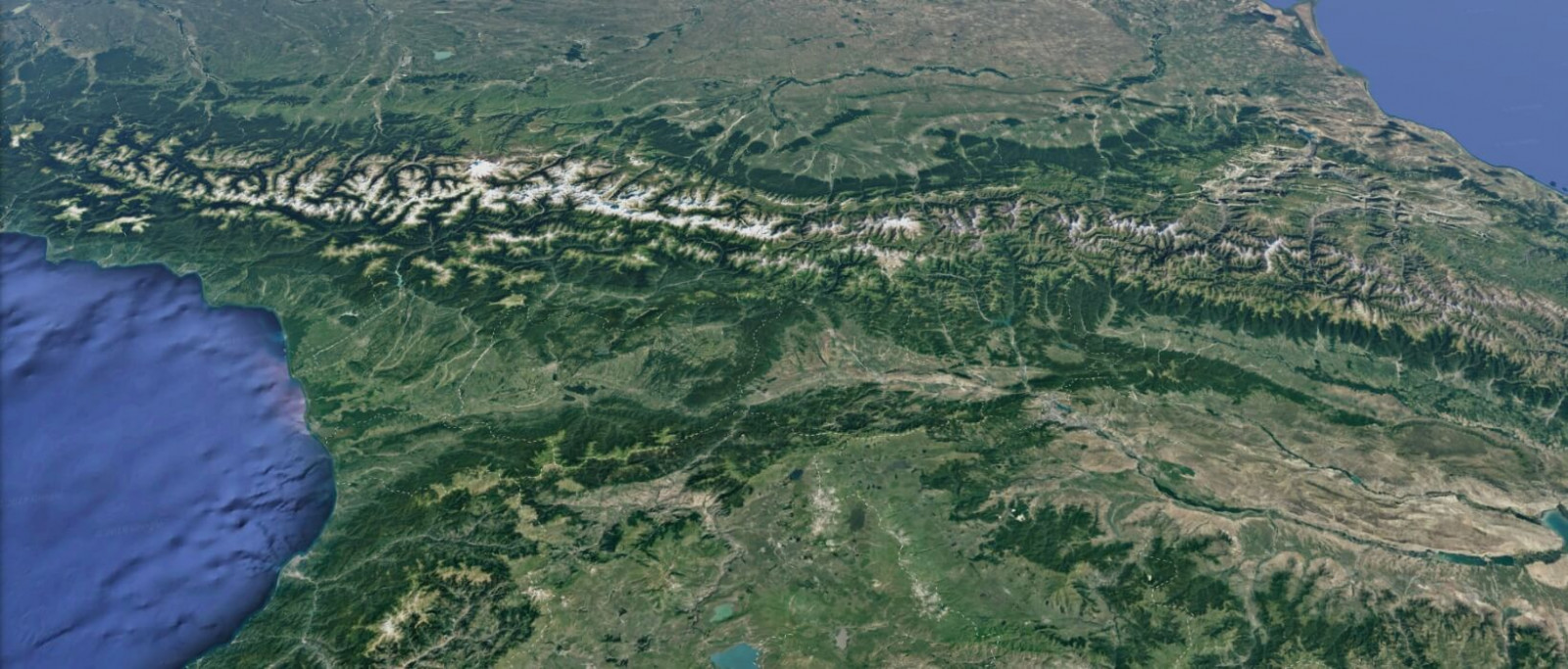Hotspots
The country’s species include 12 amphibians, 54 reptiles, over 100 mammals and over 370 bird species. It is difficult to estimate the number of endemic insect species in Georgia.
Journey For Life
Georgia lies in the central and western part of the Caucasus region between the Black and Caspian seas. This mountainous country covers 69,700 km2 with a population of 4.7 million, yet it retains a high proportion of undisturbed areas. The Caucasus region is interesting because of its high level of biodiversity compared to other non-tropical regions of the northern hemisphere. The IUCN lists the Caucasus as one of the planet’s 34 most diverse and endangered hotspots (and one of four hotspots in Europe and Central Asia). The Critical Ecosystem Partnership Fund and WWF International have also identified the region as globally important for biodiversity. The Caucasus has a high proportion of endemic and limited-range flora and fauna, a high diversity of landscapes (from humid mountain forests and wetlands to high mountains and deserts), and viable populations of many species endangered in the rest of the western Eurasia.
Although Georgia covers only one-seventh of the Caucasus, it aggregates nearly every kind of habitat and biome found in the region. The country’s species diversity far surpasses two-thirds of the species found throughout the entire Caucasus, comprising nearly 1% of the planet’s animal and plant species.
Climate varies from dry warm continental in the southeast of Georgia to very humid temperate in the west; Mtirala in the southwest has 4,000 mm of annual precipitation, exceeding any other geographic point in continental western Eurasia. The country lies along the eastern coast of the Black Sea and southern slopes of the Great Caucasus Mountains, at the same latitude as Washington D.C., northern Greece and northern Spain. Humid areas have the greatest diversity of endemic species. Nearly a quarter of the terrestrial vertebrate and fish species, and even more of the flowering plants of Georgia are endemics of the Caucasus region.
Although Georgia covers only one-seventh of the Caucasus, it aggregates nearly every kind of habitat and biome found in the region. The country’s species diversity far surpasses two-thirds of the species found throughout the entire Caucasus, comprising nearly 1% of the planet’s animal and plant species.
Climate varies from dry warm continental in the southeast of Georgia to very humid temperate in the west; Mtirala in the southwest has 4,000 mm of annual precipitation, exceeding any other geographic point in continental western Eurasia. The country lies along the eastern coast of the Black Sea and southern slopes of the Great Caucasus Mountains, at the same latitude as Washington D.C., northern Greece and northern Spain. Humid areas have the greatest diversity of endemic species. Nearly a quarter of the terrestrial vertebrate and fish species, and even more of the flowering plants of Georgia are endemics of the Caucasus region.
Discover Tours
The country’s species include 12 amphibians, 54 reptiles, over 100 mammals and over 370 bird species. It is difficult to estimate the number of endemic insect species in Georgia.
